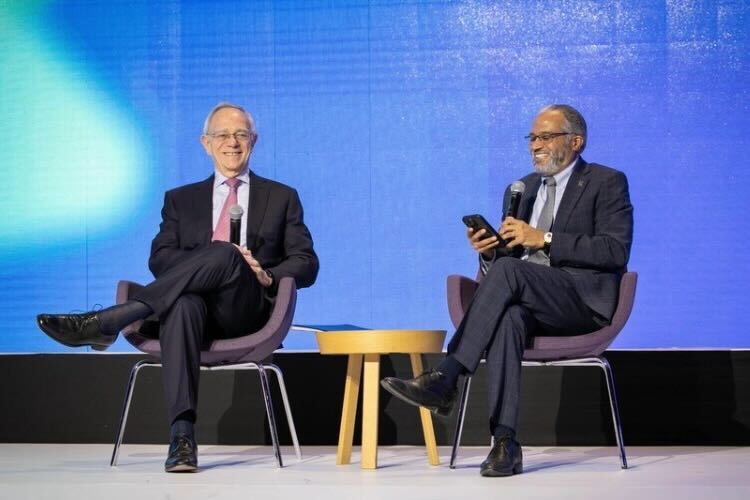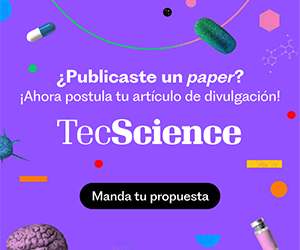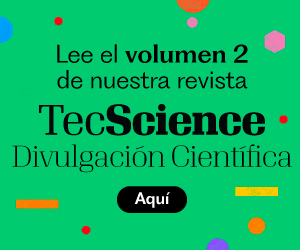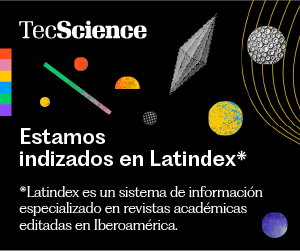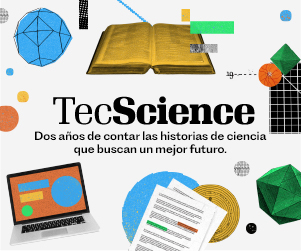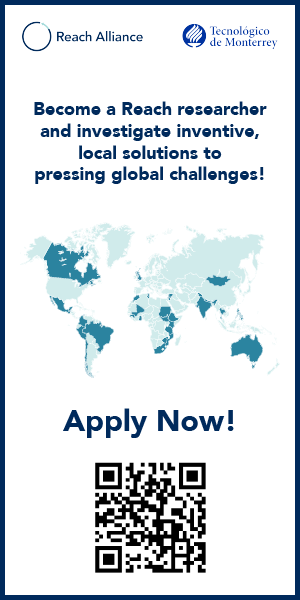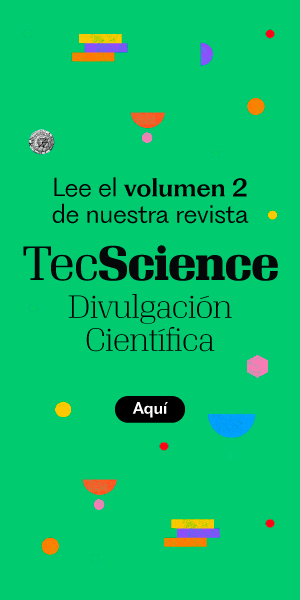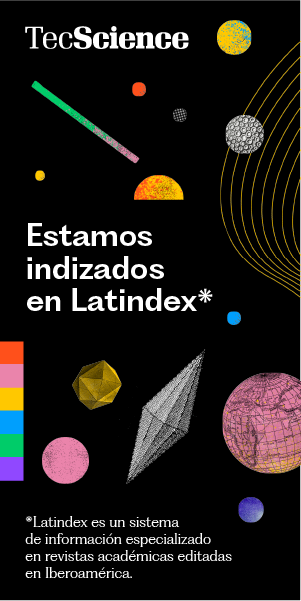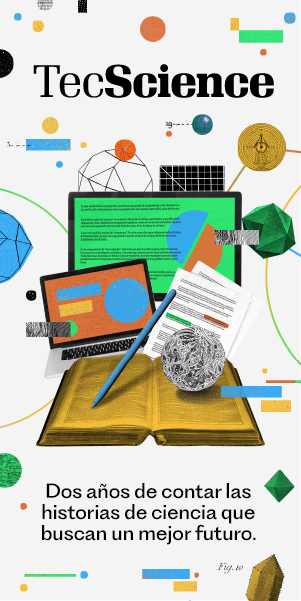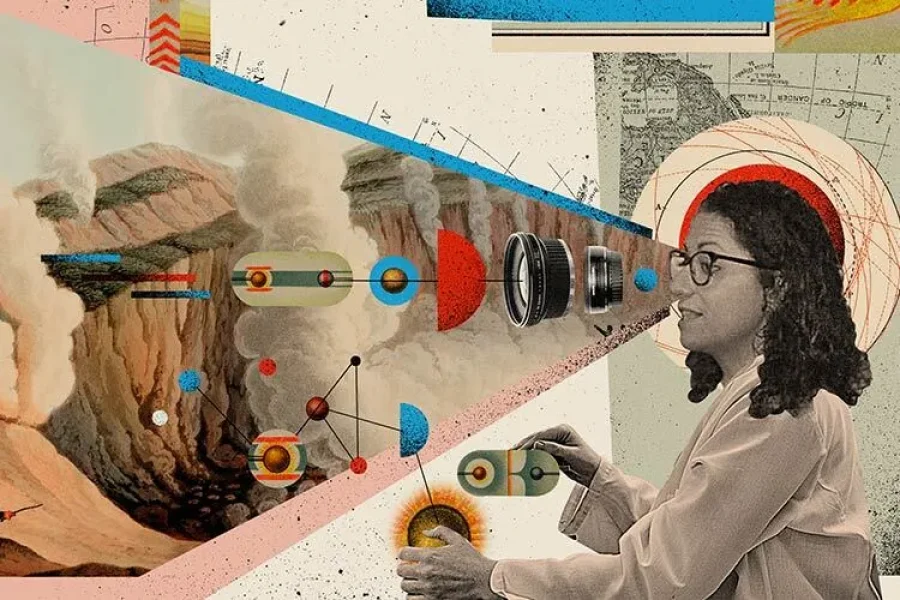As part of the first call for proposals from the UNAM-Tec Research Consortium, a team of seven scholars from both institutions created a mural titled “Seres de agua STEAM” (“Water Beings STEAM”) to highlight innovative technologies designed to help clean up bodies of water.
There are currently several techniques aimed at addressing this issue—an increasingly urgent one given that 59.1% of rivers, lakes, reservoirs, and coastal areas monitored in Mexico are contaminated, according to the National Water Quality Monitoring Network.
The project brings some of these cutting-edge technologies to the public through an interactive mural, aiming to raise awareness and foster engagement. The physical mural is installed at the Tec de Monterrey campus in Monterrey, near the library.
“We started from the hypothesis that one reason science doesn’t receive more investment in Mexico is simply that people don’t know what’s out there,” says Patricia Torres, an expert in architecture and industrial design at Tecnológico de Monterrey. “We have excellent scientists. So the idea was to create a mural where people could get to know them.”
Acoustic levitation and nanotech fabrics
Among the technologies featured in the mural is acoustic levitation—a method that uses vibrations to suspend a drop of water in midair, which is then analyzed with a laser. As the drop gradually evaporates, heavy metals remain trapped, making them easier to detect and study.
The second innovation is what the team calls “healing fabrics.” These are nanotechnology-based fibers capable of removing heavy metals, reducing water hardness, or limiting chlorine levels in water.
“It’s essentially a mechanical barrier,” explains Antonio Juárez Reyes, a physicist at UNAM’s Institute of Physical Sciences. “Contaminants and bacteria vary in size. Some bacteria are 10 micrometers wide, so if you create a mesh finer than that, the microbes can’t get through. The more advanced idea is to coat the fibers in silver, which not only traps the pathogens—it kills them too.”
Bridging the gap between lab and market
Juárez points out that the project as a whole is about building a bridge between scientific research and market needs—two worlds that often don’t speak the same language.
“Researchers typically spend years developing a project, and then they try to push it into the market at all costs. But it should work the other way around: go to the market first, ask what’s needed, then go back to the lab to develop a solution. That’s the approach we’re building. The market leads,” says the physicist.
The team of seven researchers participated in the inaugural call of the UNAM-Tec Consortium for Research, Technology Transfer, and Entrepreneurship, which aims to foster collaboration between the two institutions to address challenges faced by private industry.
The participating team included: Antonio Juárez (UNAM), Mohán Kumar Kesarla (UNAM), Víctor Ulises Lev Contreras Loera (UNAM), Patricia Torres (Tec), Cristina Gehibie Reynaga Peña (Tec), and Nélida Astrid Escovedo Ruíz.
Did you find this story interesting? Would you like to publish it? Contact our content editor to learn more at marianaleonm@tec.mx






